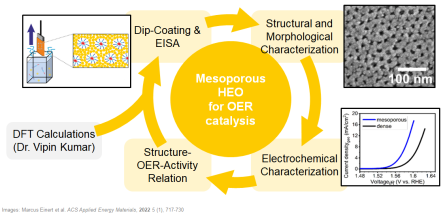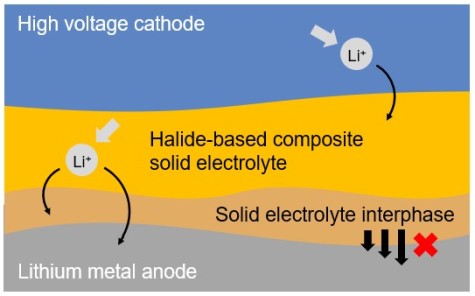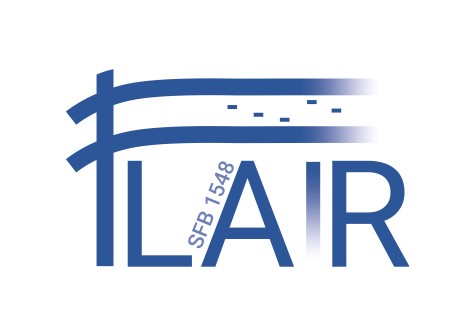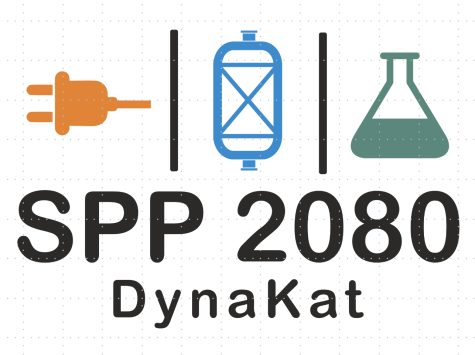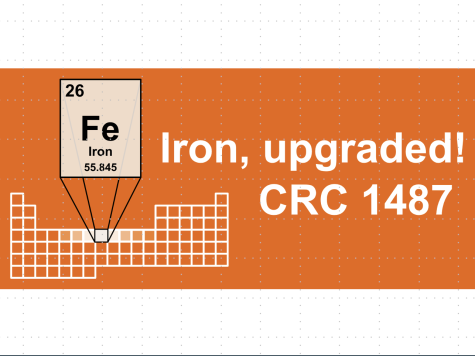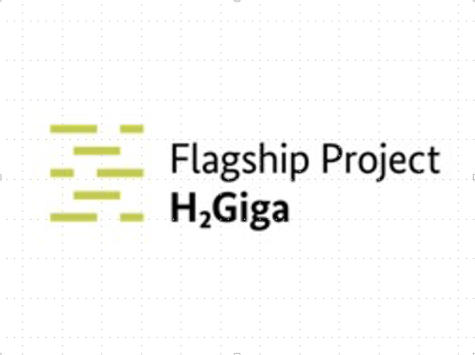Projects at the Surface Science Laboratory
We are currently working on a range of specific topics within our research areas:
(Photo)electrochemistry and catalysis
A collection of the individual projects can be found below:
Current Projects
-
![]()
![]()
Horizon Europe MSCA SusMatEner – Phd8 Project
2025/10/01
Sustainable absorbers and electrode materials for photo-supercapacitors
Exploring ternary chalcogenide perovskite semiconductors (ABX₃; A = Ca, Sr, Ba; B = Ti, Zr, Hf; X = S, Se) as stable, high-performance light absorbers for photovoltaic applications. In parallel, this SusMatEner project also aims to develop efficient carbon-based electrode materials from renewable or recycled sources (e.g., coffee grounds) for sustainable and scalable photo-supercapacitor devices.
-
![]()
![]()
Horizon Europe MSCA Unite!Energy: Project DC1
2024/10/01
Carbon nanomaterials with encapsulated metal nanoparticles as electrocatalysts for water splitting
The Unite!Energy collaborative effort of universities all over Europe addresses sustainably produced hydrogen as energy storage medium in the framework of a MSCA doctoral network. The shared contribution of the Surface Science Laboratory with the Politechnika Wrocławka is investigating metal nanoparticles encapsulated in carbon as electrocatalysts for water splitting. These materials hold promise in replacing expensive and scarce noble metals as highly stable reaction promoters. The interactions between carbon and metal in these composites is investigated regarding their impact on water splitting reactivity.
-
![]()
![]()
BMBF SINATRA – Project TWOB 033RC036
2024/01/01
Mesoporous high entropy oxides for oxygen evolution reaction (photo)catalysis
The primary research objective of the TWOB project is to systematically optimize electrocatalysts and semiconducting photoelectrodes for grid-independent, tandem cell-based photoelectrochemical water splitting.
-
![]()
![]()
Anode and Cathode Interfaces with Halide-based Solied Electrolyte
2024/01/01
Interface analysis between halide-based composite solid electrolyte with lithium metal anode and high voltage cathode
The stability in batteries is dictated by the interfaces of the electrolyte and the electrodes.
-
![]()
![]()
NSERC-DFG SUSTAIN – Project OILSANDBATT
2023/09/01
Carbon materials from oil sands-derived asphaltenes for next-generation sodium-ion batteries – from mechanistic investigations to life cycle analysis
Lithium-ion batteries (LIBs) dominate energy storage, but rising lithium demand and environmental concerns drive research into sodium-ion batteries (SIBs). Germany aims to advance eco-friendly SIB technology, focusing on cost-effective materials. Asphaltenes, abundant oil sands by-products in Canada, offer a low-cost alternative but are largely wasted
-
![]()
![]()
Collaborative Research Center FLAIR – Project B07
2023/01/01
Fermi Level Engineering Applied to Oxide Electroceramics for Electrocatalysts
By heterovalent substitution in oxide electroceramics (doping), different compensation mechanisms (electronic, ionic, valence changes…) can be enabled. In project B07 of the collaborative research center FLAIR we are working on predicting and applying these different compensation mechanisms for the oxygen evolution reaction (OER). In project B07, we are altering the catalyst surface electronic structure through doping, substitution, or defect engineering to induce the formation of specific chemical intermediates and active phases for reducing overpotentials and increasing stability of the active phase during the water splitting reaction.
-
![]()
![]()
Priority Program SPP2080 DynaKat – Project DaCapo
2023/01/01
Dynamic operation of Rutile-based oxygen evolving electrocatalysts
In the DaCapo project, the dynamic operation of electrocatalysts for the water splitting reaction, specifically the oxygen evolution reaction, is investigated as a means of improving the hydrogen production efficiency. As model system, Iridium oxide, ruthenium oxide, and mixtures thereof are chosen. In acidic electrolytes they show a high efficiency and sufficient stability to be employed at the industrial scale.
-
![]()
![]()
Collaborative Research Center FLAIR – Project Z02
2023/01/01
Near-ambient pressure photoelectron spectroscopy for Fermi level engineering.
Project Z02 provides service measurements to support the determination of defect energy levels, segregation effects, and the influence of the Fermi energy on sample synthesis and the analysis of space-charge regions, segregation effects, and surface catalytic processes. For this purpose, the project will operates it own laboratory-based, two-color (mono Al Kα + mono hard X-ray source) NAP-PES system at TU Darmstadt to enable advanced analysis of electro ceramic oxide materials in close connection to the projects employing electron spectroscopy for analysis of defect and interface properties.
-
![]()
![]()
CRC 1487 Iron, upgraded – Project C08
2022/03/01
Electronic Structure and Redox Properties of Iron in Different Environments Studied by Valence and Core Level Spectroscopies
The electronic properties of iron such as the band structure, work function, ionization potential and electron affinity, which determine its redox properties in solid state and liquid phase reactions, sensitively depend on the chemical, coordinating environment of the Fe species in question.
-
![]()
![]()
BMBF H2Giga PrometH2eus
2021/01/01
Characterization and design of inner and outer interfaces in O2-evolving electrodes for alkaline water splitting
The BMBF is currently funding the flagship project H2Giga, which aims at bringing innovative and more efficient electrolysers into series production. Within that project, the PrometH2eus consortium combines fundamental and applied science to synthesize, evaluate and optimize new materials for the oxygen evolution reaction in alkaline electrolysis.
Finished Projects
Currently no entries available.







